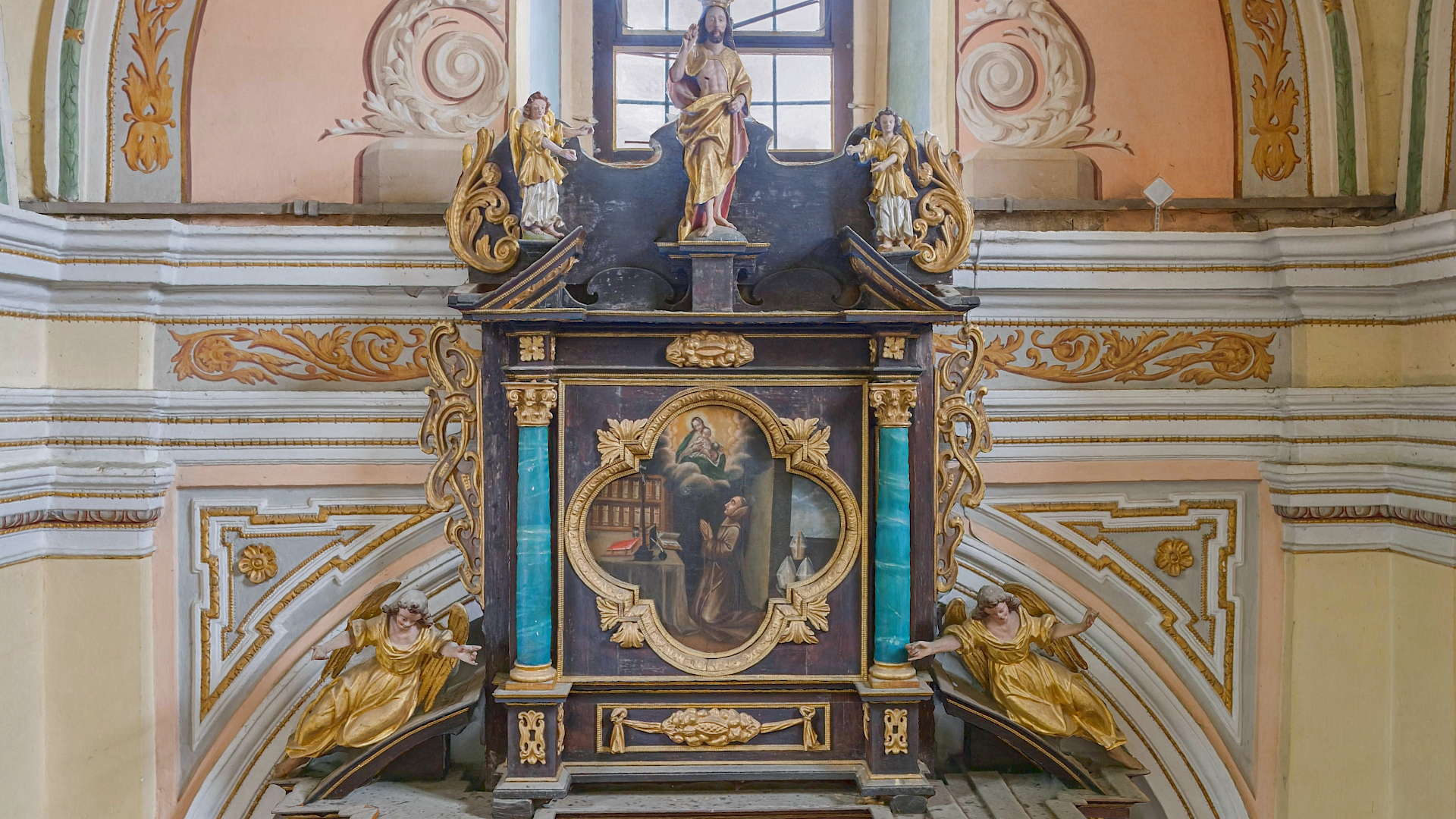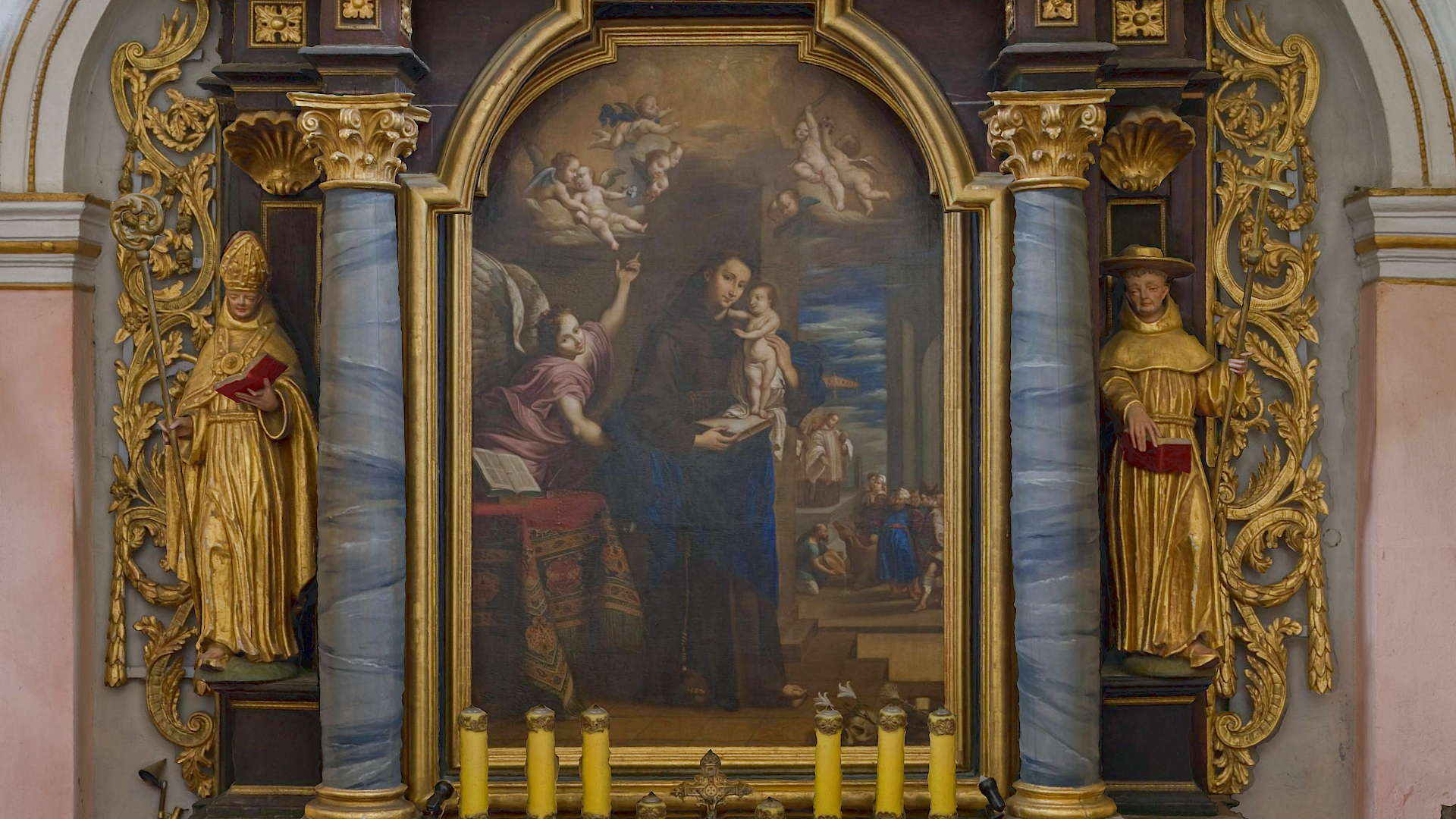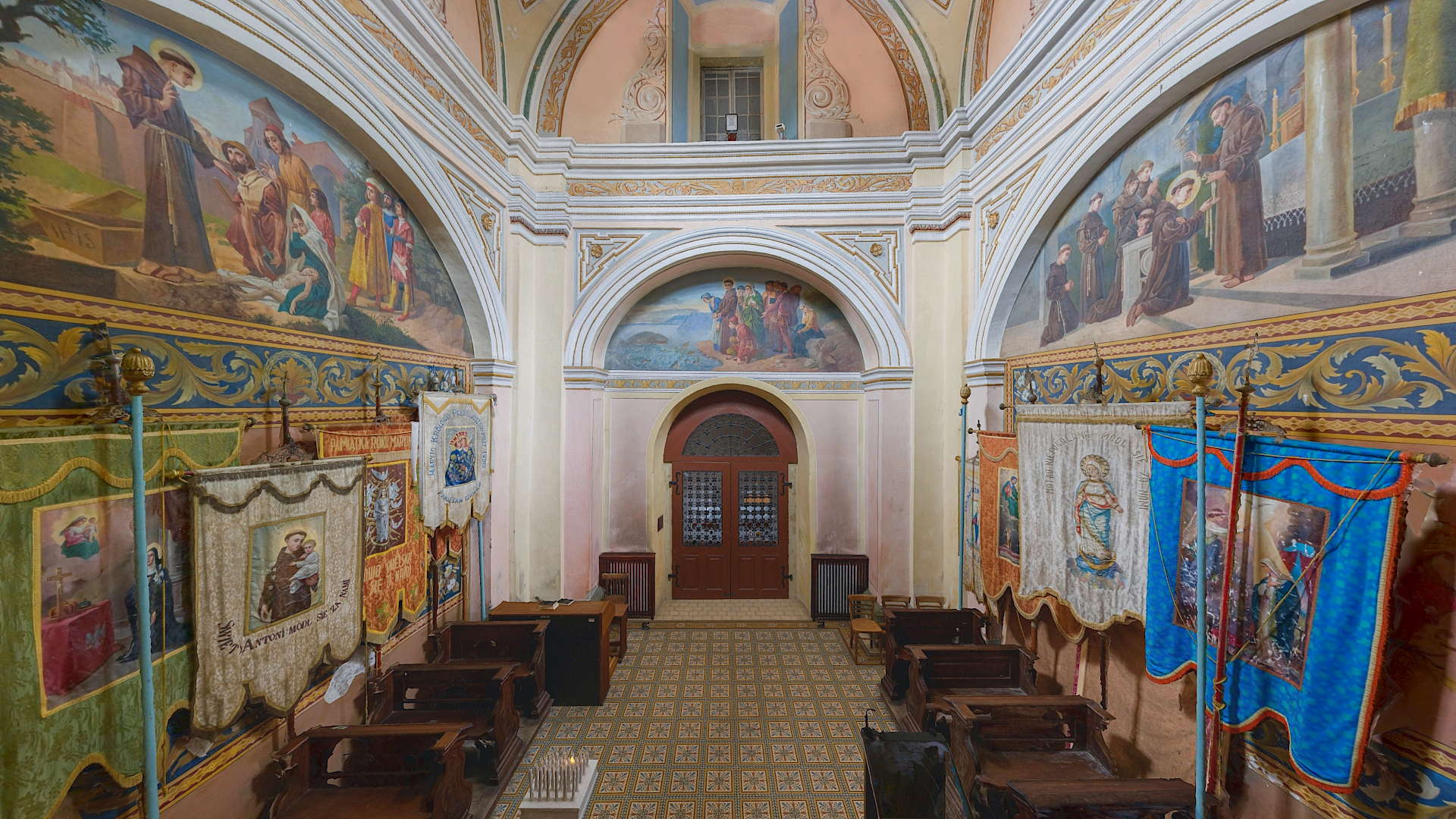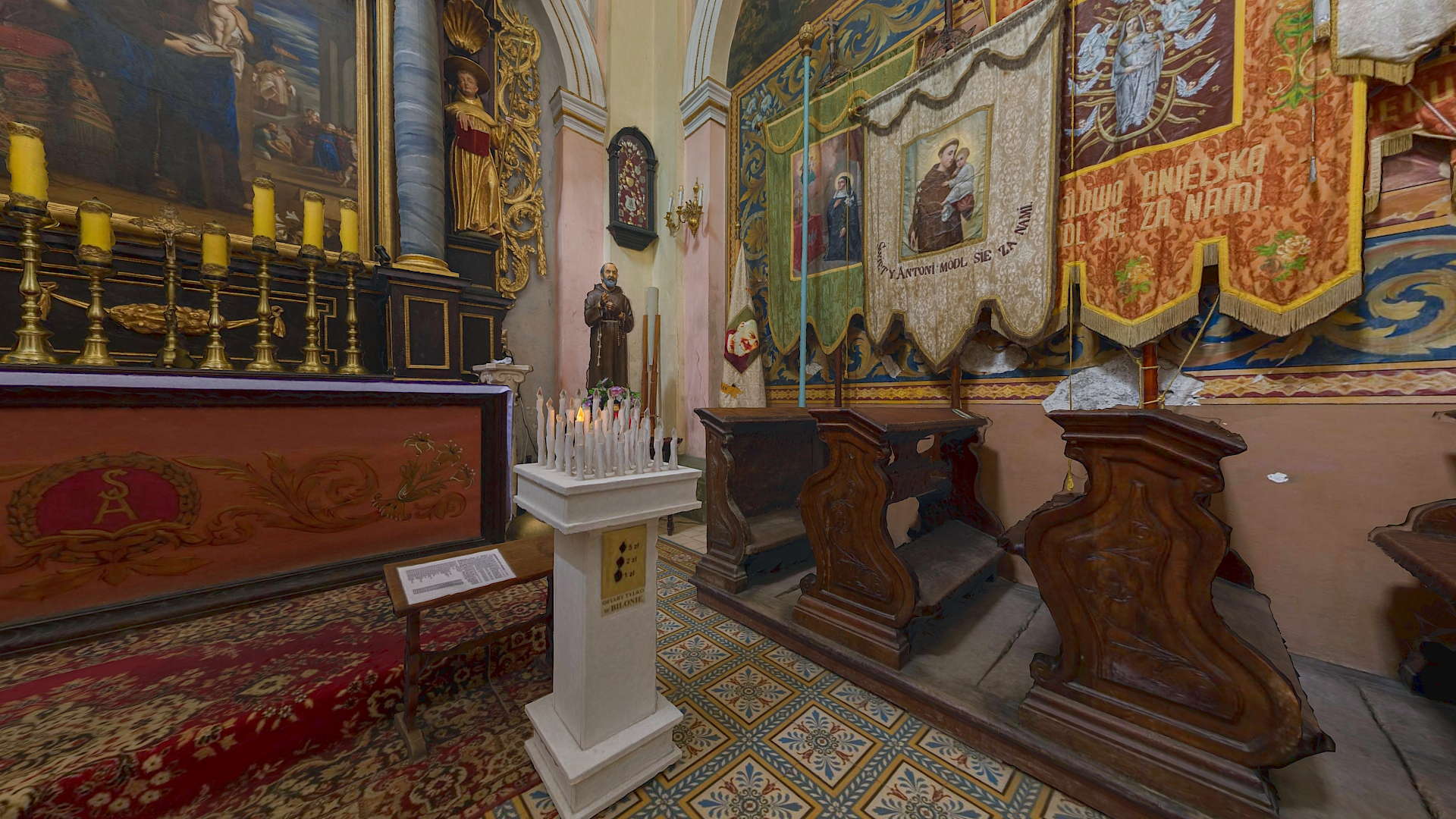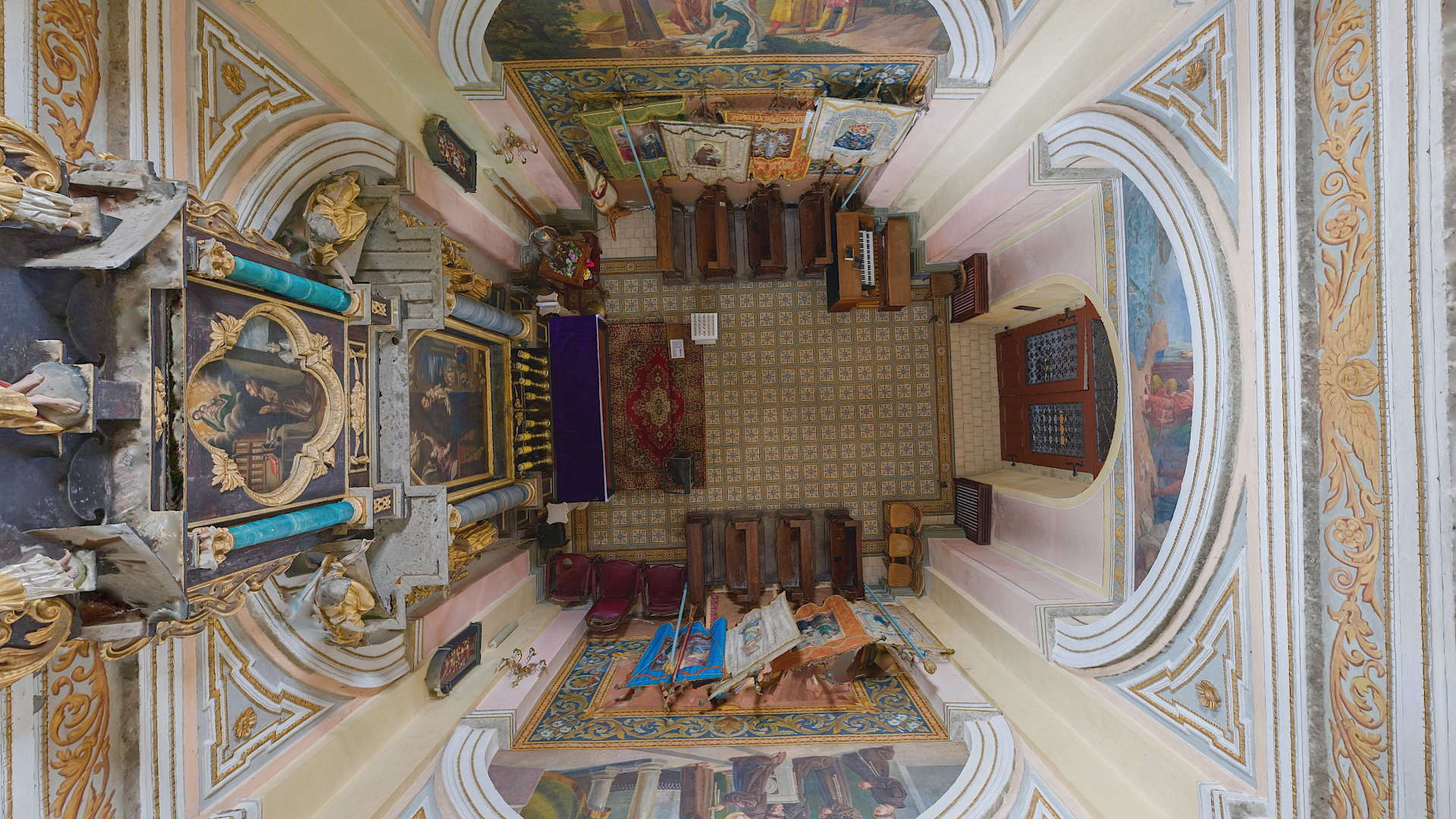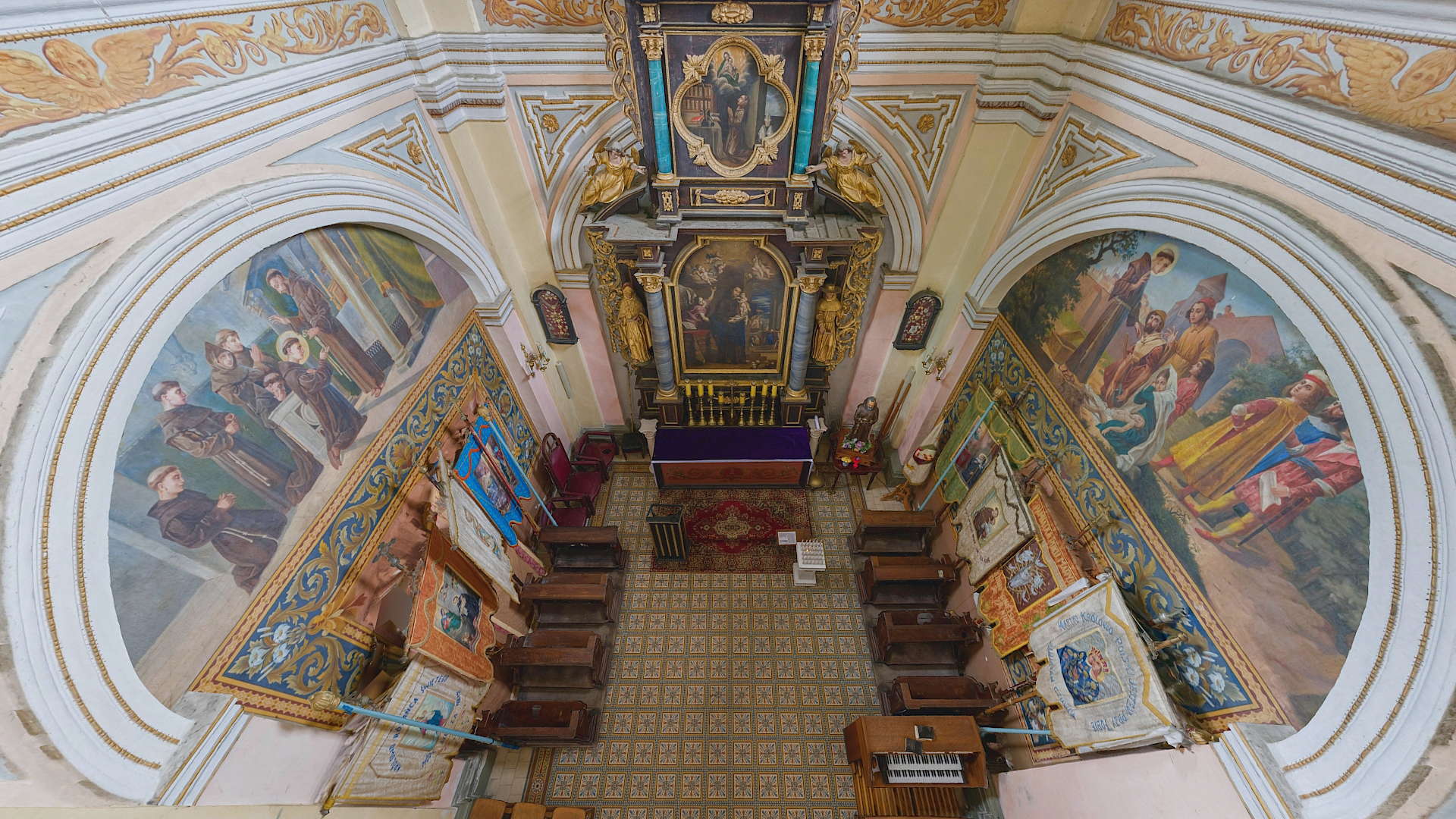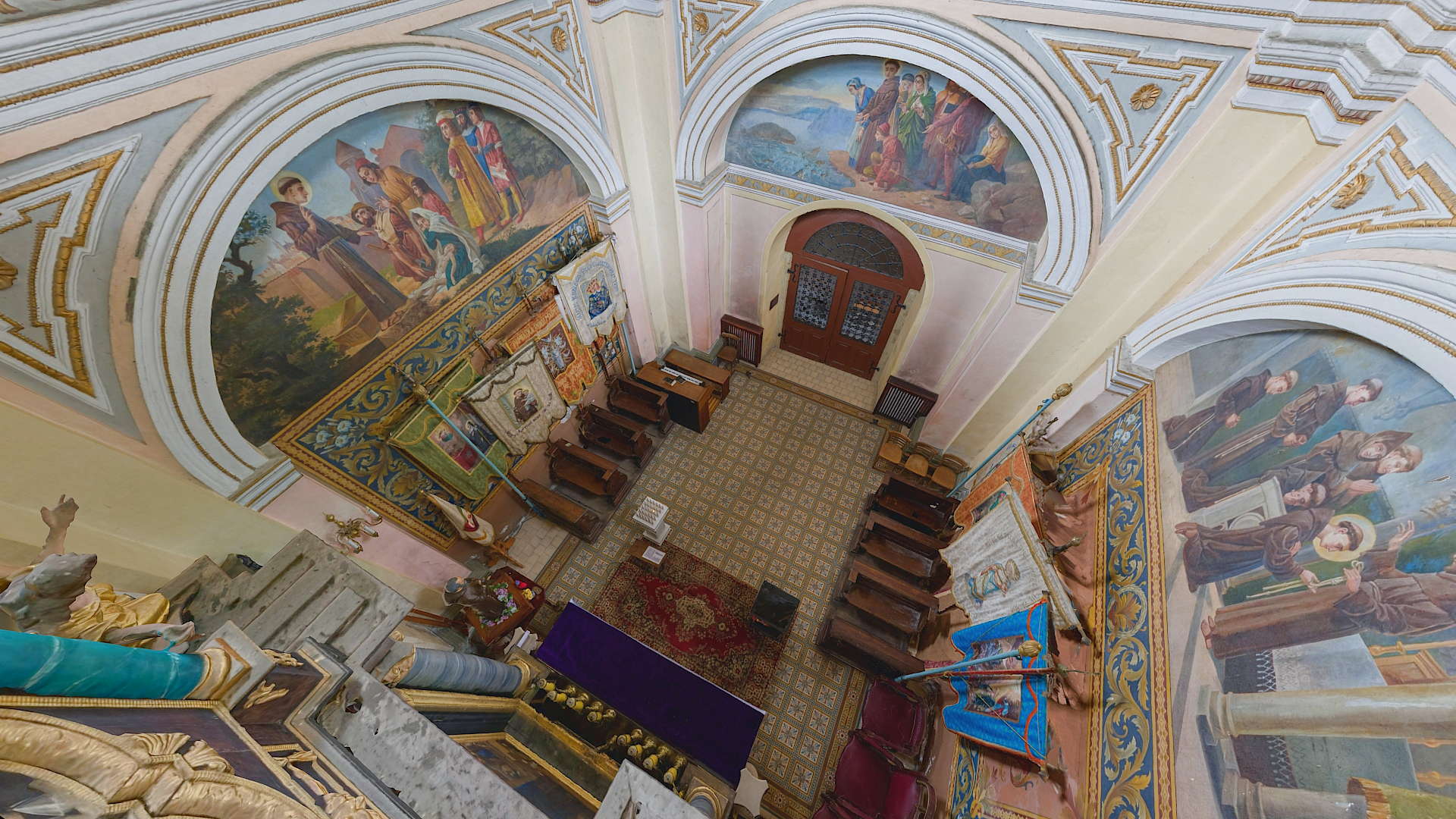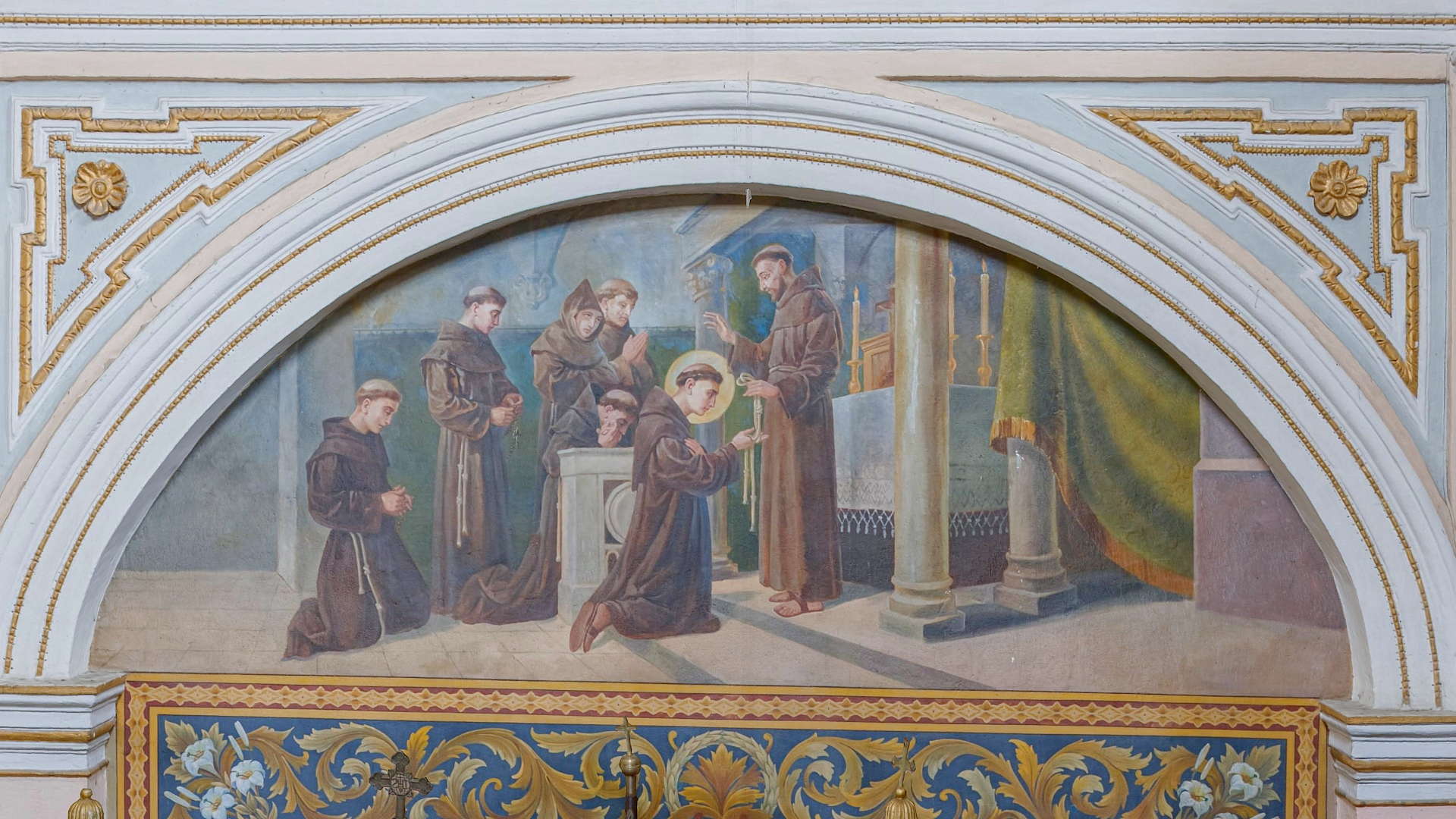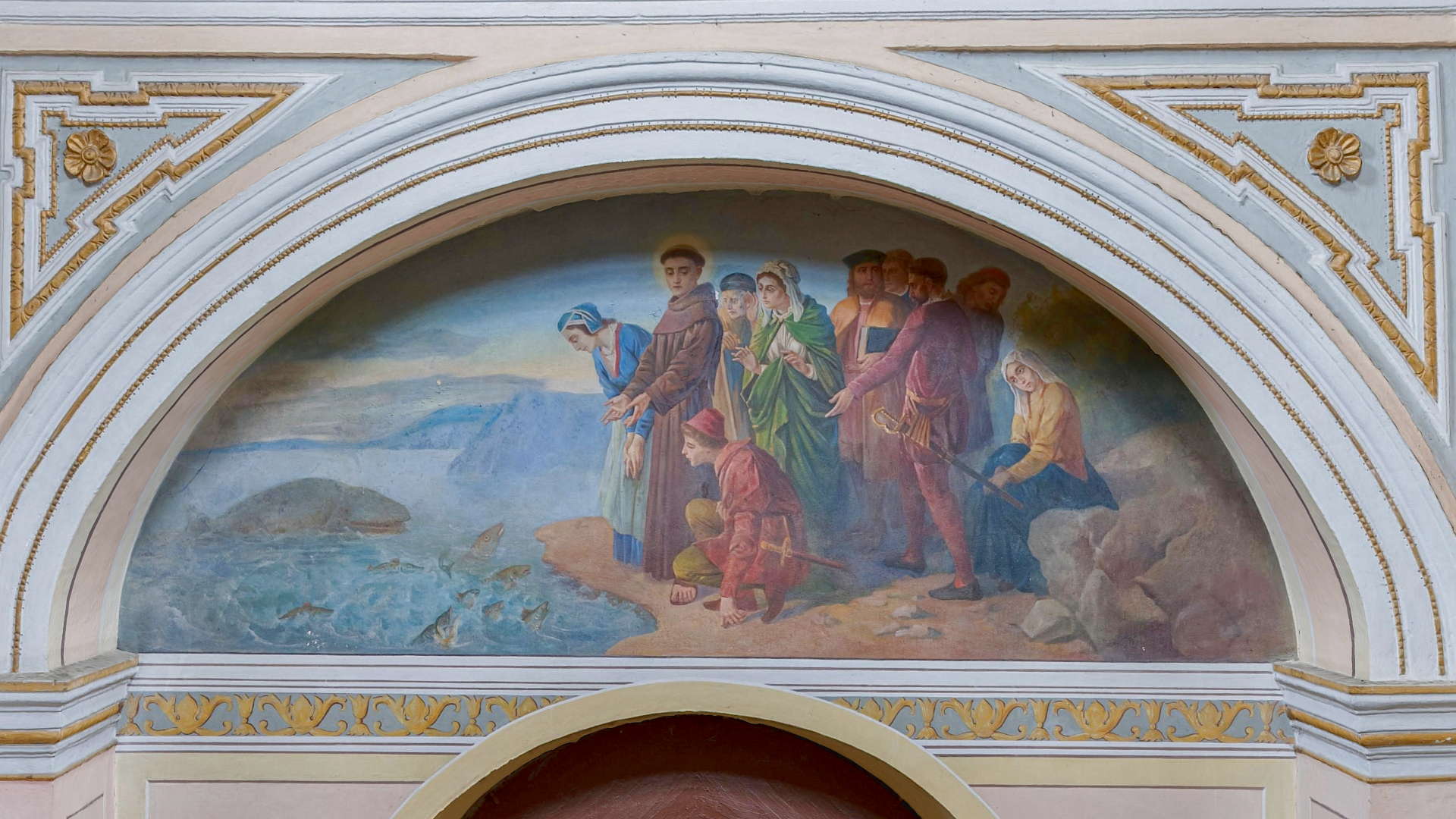Chapel of St Anthony
The Chapel of St Anthony of Padua was created in 1687. The spot used to be occupied by a fountain decorated with a sculpture of Christ, which had been removed before the construction of the chapel, because due to some leaks the water reached the temple’s foundations, which might have contributed to the disturbed stability of the building. It is worth mentioning here that the sanctuary was struggling with serious problems associated with an insufficient water supply for the arriving pilgrims. Jan Zebrzydowski tried to remedy that by creating two fountains: next to the church (where the present Chapel of St Anthony is situated) and near the Chapel of the Virgin Mary. In addition, wells were dug, extended and deepened, e.g. in 1902 Fr Stefan Podworski built 5 more water intakes near Gethsemane, Annas, House of the Virgin Mary, Pilate, and the fifth Chapel of the Triumph of the Mother of God. Water from the source in the so-called Garden of Thorns was delivered in barrels, with the carts pulled by oxen, hence the name: the Ox Garden.
The chapel is a joint work of the nobility from the Duchy of Oświęcim and Zator. The person who made the greatest contribution was Teresa Rusocka, a land official from Oświęcim. The pious woman made the most generous financial contribution. It was her contribution that allowed a crown, dress, belt, and sandals, all made of silver, to be added to the painting of St Anthony, which is the work of Franciszek Lekszycki.
We should mention here that the painter, born around 1600 in a Kraków bourgeois family, was probably educated in the monastery studio of the Bernardines in Stradom, and is considered by experts on the subject as one of the best Polish Rubensists. His numerous works have survived to this day. As Cyprian Janusz Moryc OFM mentions, such a great artistic legacy (e.g. in Kraków, Kalwaria Zebrzydowska, Leżajsk, Opatów, Przeworsk, Lviv, Vilnius, and Dubno) was a consequence of the destruction after the Swedish Deluge. At that time, many temples were rebuilt from the ruins of the war conflagration. He represented the group of religious artists, so characteristic of the Counter-Reformation period, who created only religious art, which was determined by the charism of the order, as well as liturgical norms and post-conciliar law. In his works, researchers find traces of references to outstanding works by Rubens or van Dyck.
Apart from the centrally located altar of St Anthony, in the 17th century, other side altars were set up in the chapel: the Flagellation of Christ and St Adalbert. They were then changed to Bl. John of Dukla and Bl. Simon of Lipnica, and finally in 1902, the side altars were abandoned. The main altar is now decorated with figures of St Bonaventure and St Louis of Toulouse.
Video:
Multisensory UNESCO 5 – Kalwaria Zebrzydowska – Chapel of St Anthony


